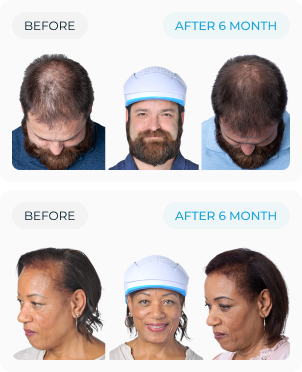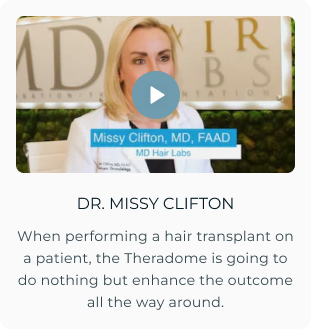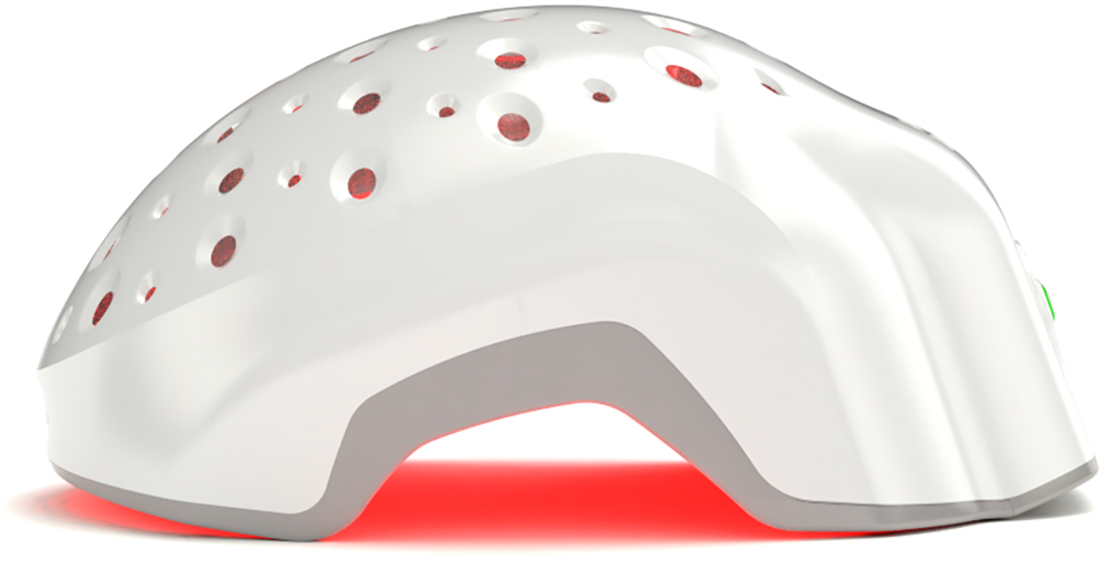Unlike men, women seem to face greater social stigma regarding hair thinning, and this can deeply impact their emotional well-being, even despite the fact that many will experience it at some point.
The most common form of hair loss in women is androgenetic alopecia, or female pattern hair loss. This starts with gradual thinning along the part line, progressing to more diffuse hair loss that spreads from the crown of the head.
Hair thinning in women can be caused by a wide array of factors, including medical conditions, medications, and physical or emotional stress. Though it’s evidently difficult, recent advancements have brought select effective methods to help women regrow thinning hair.
1. Maintain a nutritious diet
Nutrient deficiencies can contribute to hair thinning and loss, as can restrictive diets. As such, nutrition is a necessity when promoting healthy hair regrowth, and so eating a balanced diet is a must. A well-rounded diet includes vegetables, fruits, and other whole foods, i.e., those that provide key vitamins and minerals.
Iron is especially important in this context. For instance, hair thinning is a common symptom of iron deficiency anemia, which develops if your diet lacks sufficient iron. If this applies to you, then you should therefore incorporate iron-rich foods into your diet like fortified cereals, dried beans, dried fruits, eggs, lean red meat, liver, fish, and whole grains.
2. Question supplements
While natural supplements are often marketed as solutions for hair regrowth and combating thinning, their effectiveness remains questionable. For example, biotin is a popular supplement touted for addressing hair thinning, but there is no conclusive scientific evidence supporting its effectiveness in actually regrowing thinning hair.
Similarly, while iron plays a significant role in maintaining healthy hair, relying on iron supplements may only be beneficial if you have an actual iron deficiency. This is particularly relevant for individuals who are vegetarian, have a history of anemia, or experience heavy menstrual bleeding. For those without these conditions, the benefit of taking iron supplements for hair health remains uncertain.
3. Use topical and oral treatments
Minoxidil (Rogaine®) is an FDA-approved, and widely-known, option to deal with hair thinning in women and is available without a prescription. It works by thickening hair follicles and encouraging hair growth when applied directly to the scalp as a liquid or foam. The effectiveness of oral minoxidil has also been highlighted, a medication traditionally used for high blood pressure, in treating hair loss.
Oral finasteride (Propecia®) is another medication prescribed for this same purpose. Bear in mind, however, that it’s important to be patient with these treatments, as consistent use is necessary - many users may not see noticeable results until after several months, with some experiencing hair regrowth only after a year of continuous use. It's also important to note that finasteride is not for pregnant women or women who want to become pregnant, as it may cause birth defects.
4. Manage stress
Stress alone does not directly cause hair thinning, yet it can contribute to conditions like telogen effluvium and alopecia areata, or even trigger trichotillomania, this being a psychological condition characterized by compulsive hair pulling. Telogen effluvium, in particular, is a type of hair loss triggered by emotional chronic stress or physical stress, where you might notice hair shedding easily when showering or brushing.
To reduce and manage emotional stress, it’s recommended that you ensure adequate sleep, exercise regularly, and practice relaxation techniques like meditation. Physical stressors, such as cancer or childbirth, can also lead to hair thinning. Although managing these stressors can be challenging, hair thinning will generally cease once the underlying cause is resolved.
5. Practice gentle hair care
Fragile, thinning hair can be easily damaged by rough handling or harsh chemicals, so it’s important to treat it with extra care. Here are some ways to adjust your hair care routine to protect against further hair loss:
- Get regular trims: Frequent trims help prevent breakage and split ends.
- Avoid tight hairstyles: Styles like buns, braids, cornrows, pigtails, and ponytails can cause traction alopecia.
- Brush gently and sparingly: Over-brushing can pull on delicate strands, exacerbating hair loss. Brush only when necessary, using a gentle touch.
- Choose a mild shampoo: Opt for shampoos free of harsh chemicals, or those specifically formulated to combat hair loss like caffeine-infused ones.
- Limit hair dye, bleach, and toner: Frequent coloring treatments leaves hair dry, brittle, and more prone to thinning.
- Minimize heat styling: Heat can further damage fragile hair, so it’s best to let your hair air dry, ideally using a microfiber towel. Reserve curling irons and straighteners for special occasions.
6. Consider hormone therapy
Hormonal imbalances, such as those caused by menopause, can contribute to hair thinning. In these cases, hormone therapy treatments include birth control pills or hormone replacement therapy with estrogen in order to restore balance and thereby promote hair regrowth.
Learn More: Are Hormone Replacement Therapy and Hair Loss Related?
Another option is antiandrogen medications like spironolactone. Androgens, including testosterone and other male hormones, can accelerate hair loss in some women, especially those with conditions like polycystic ovary syndrome (PCOS) that lead to higher androgen levels. Antiandrogens work by reducing androgen production, helping to prevent further hair thinning.
Disclaimer: It's best to consult with your medical provider first before testing this out.
7. Look into laser phototherapy
If your hair thinning persists despite other treatments and you’re not ready to try approaches such as transplantation and platelet-rich plasma injections, don’t lose hope - advanced solutions like laser phototherapy could offer promising results. This technique uses low-level lasers to stimulate hair regrowth and improve hair thickness.
Regrow Your Thinning Hair with Theradome
At-home laser phototherapy devices are designed for convenience and effectiveness. One popular option is the Theradome helmet, which is FDA-approved and boasts an impressive 98% success rate. This device can be a practical choice for those seeking an easy-to-use solution to support hair regrowth. Start your journey toward fuller hair with the Theradome laser hair growth helmet and rediscover the confidence of a healthier, fuller head of hair.

























